
To daily or long distance sailors visiting the area of the Skuleberget mountain and the Skuleskogen national park during their holidays in the High Coast, the guest harbor in Docksta provides over 15 single berths for boats of any sizes.

At your arrival at Docksta Havet gästhamn, if possible, we assist you during your approach at the harbour and help you while you are mooring your boat.
We assign your own berthing space, so you not have to share the space on the dock with another boat.
Yachts can safely & easily docking in 3 ways:
1#
between y-booms mooring:

There are 10 single berths between y-booms (8m) which have different widths: from 3.3m to 4.6m. All seats on the floating docks have deep water and are suitable for mooring sailboats with bulb keels.
2#
berthing alongside the main pier:

Alongside the southerly section of the main pier, the water is deep to easily moor a sailing or motor boat even more than 55/60'. We reserve the northerly section of the pier for motor yachts only.
3#
docking external on the floathing wharfs, alongside the south side of the pontoons:


Moorings are well protected from the main winds. Southerly winds form small waves in the Dockstafjärden.
All boats places have proper marine bollards or eye bolts suitable for safely mooring pleasure boats.
We assign the boat places considering the boat dimensions in relation with the spaces availability, but also the winds conditions or, when is possible, to facilitate the crew in getting on and off the boat on the piers (mooring alongside).

If you want information or have specific needs, you can contact us; if we are on the docks when you arrive, talk with us before starting mooring.
If you’re concerned about the ability of your crew to maneuver into the allocated berth, it’s worth asking for an alternative.
Please note, some berths that may seem available because they are not occupied, may actually be booked: if possible, we indicate them with a "booked" sign :)
Know where you are berthing your boat

For Sailors visiting our marina for the first time, here is the layout of the pontoons - and the berth numbering system used.

With this information at hand, when you call us to book your berth - if you're directed into somewhere like: "First pontoon, berth nr. 03 between y-booms" or "alongside the main pier" - you can figure out exactly where you're going :)

DOCK YOUR BOAT AT A SAFE GÄSTHAMN
In case you’re wondering why sailors need a safe harbor: a safe harbor is the guarantee of a safe place to dock your boat without having to worry about the rough waters, bad weather conditions or other yachts moored nearby.
In a safe harbor, you can kick back, relax, and enjoy your stay at the marina without safety concerns.
Docksta Havet Gästhamn is one of the harbor in the Höga Kusten with the safest moorings where to berth a yacht. It’s a sailors friendly marina located in Docksta in the heart the High Coast World Heritage.
Our marina is nestled deeper in the cove, providing your boat with more protection since the hills protect the piers, waves are not so big and there is less wind. So if you’re on the hunt for a safe harbor during your sailing holiday in the Hüoga Kusten, your are welcome! :)
WOULD YOU LIKE TO BOOK A SPOT? CALL US (076) 3136628
SHARE YOUR #HIGHCOASTSAILOR PASSION:
[ HIGH COAST SAILOR #TAGMUG ]
[ HIGH COAST SAILOR #TAGMUG ]
[ HIGH COAST SAILOR #TAGMUG ]
[ HIGH COAST SAILOR #TAGMUG ]
[ E-MANUAL ]
[ SAILING INFO-POSTER ]
[ SAILING INFO-POSTER ]
[ SAILING INFO-POSTER ]
[ SAILING INFO-POSTER ]
[ SAILING INFO-POSTER ]
[ SAILING INFO-POSTER ]
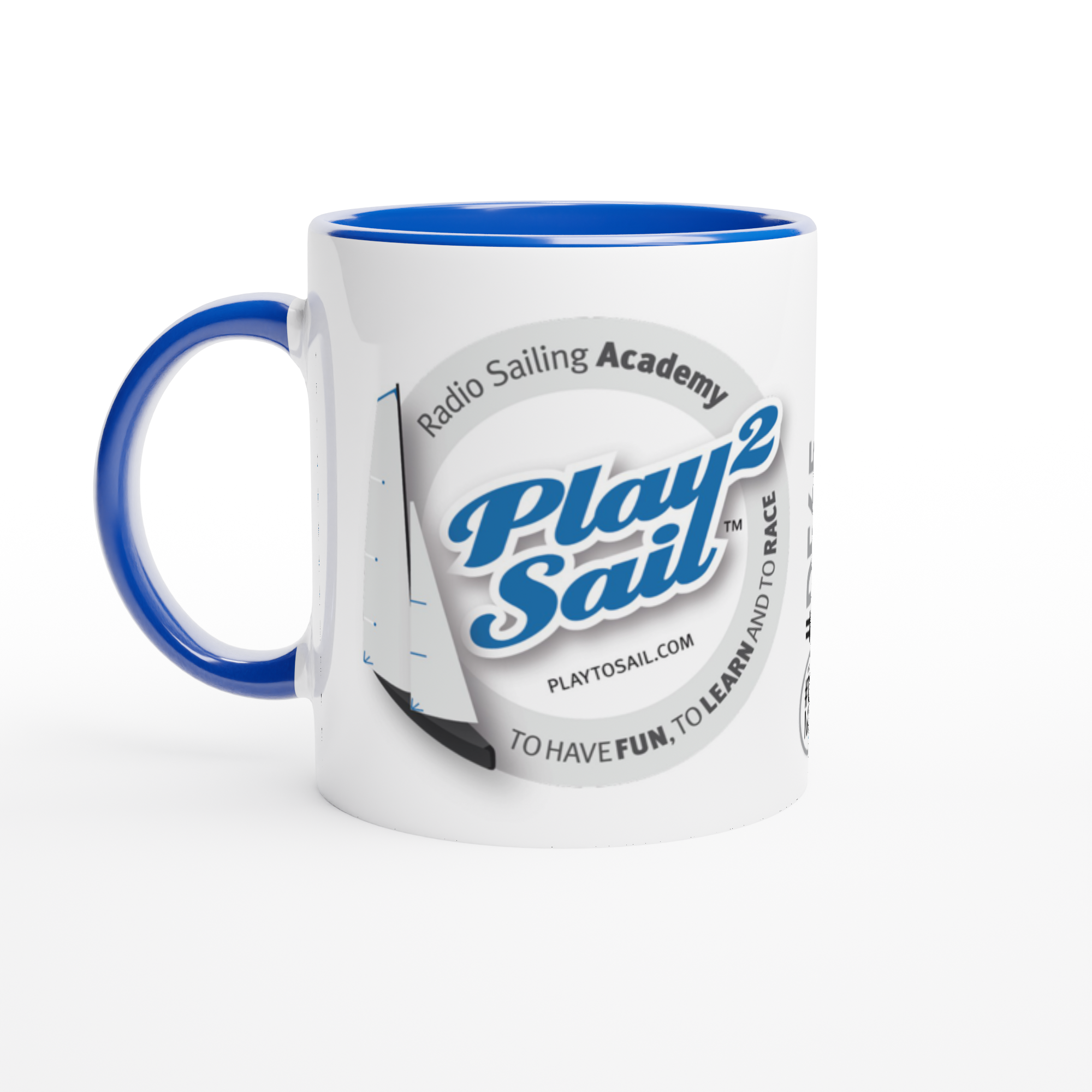
[ PLAY2SAIL #TAGMUG ]

[ PLAY2SAIL #TAGMUG ]

[ SAILING #TAGMUG ]
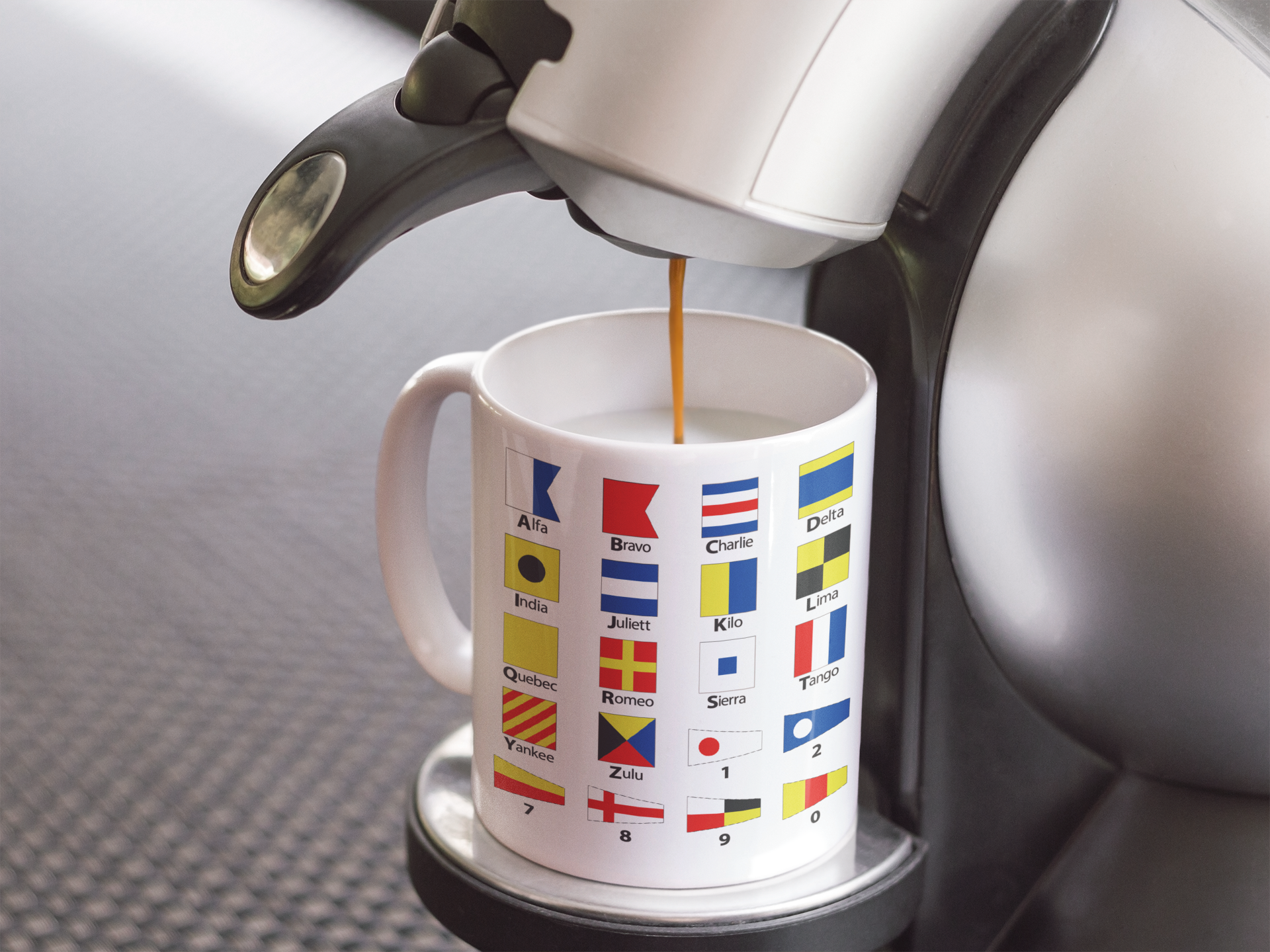
[ SAILING #TAGMUG ]
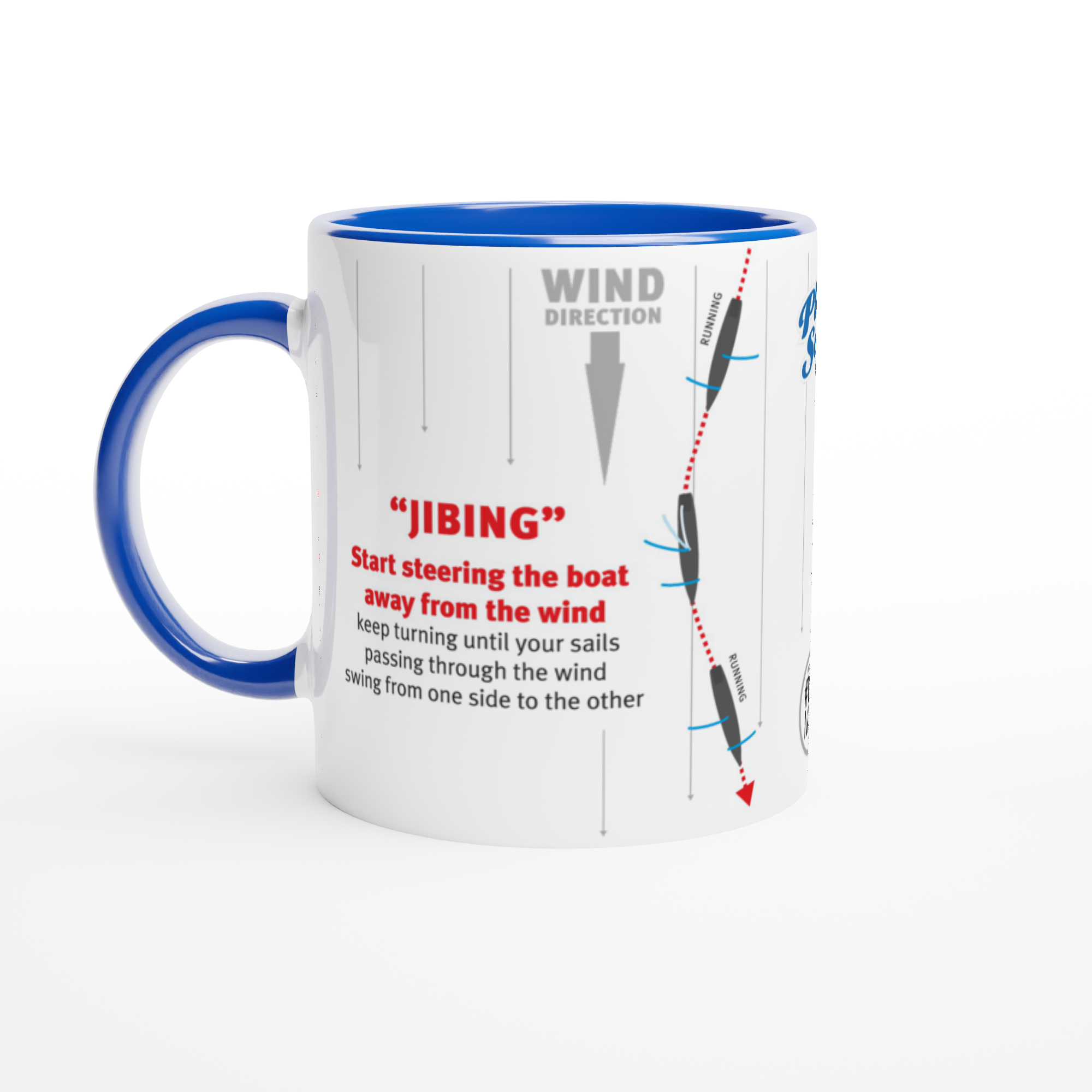
[ SAILING #TAGMUG ]
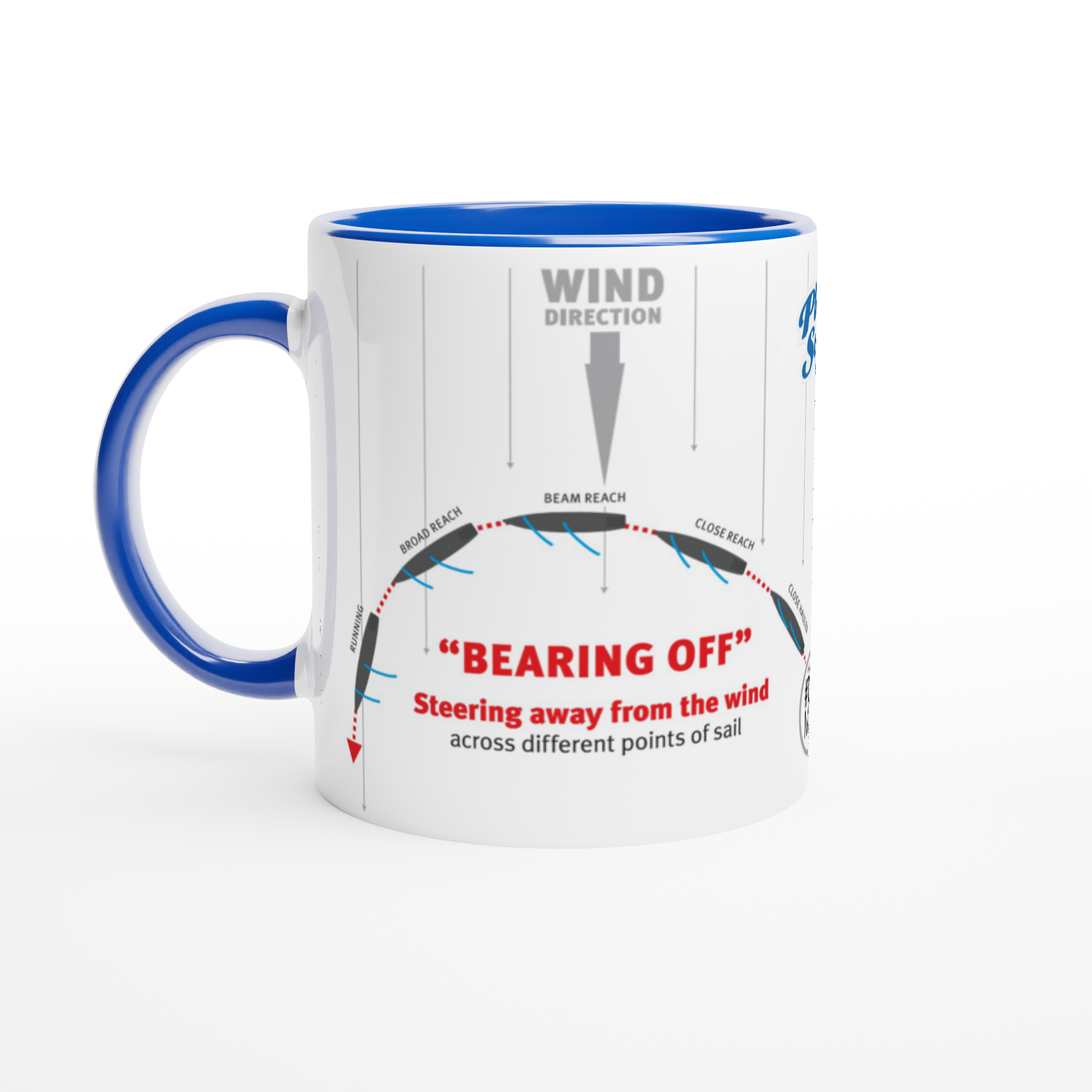
[ SAILING #TAGMUG ]
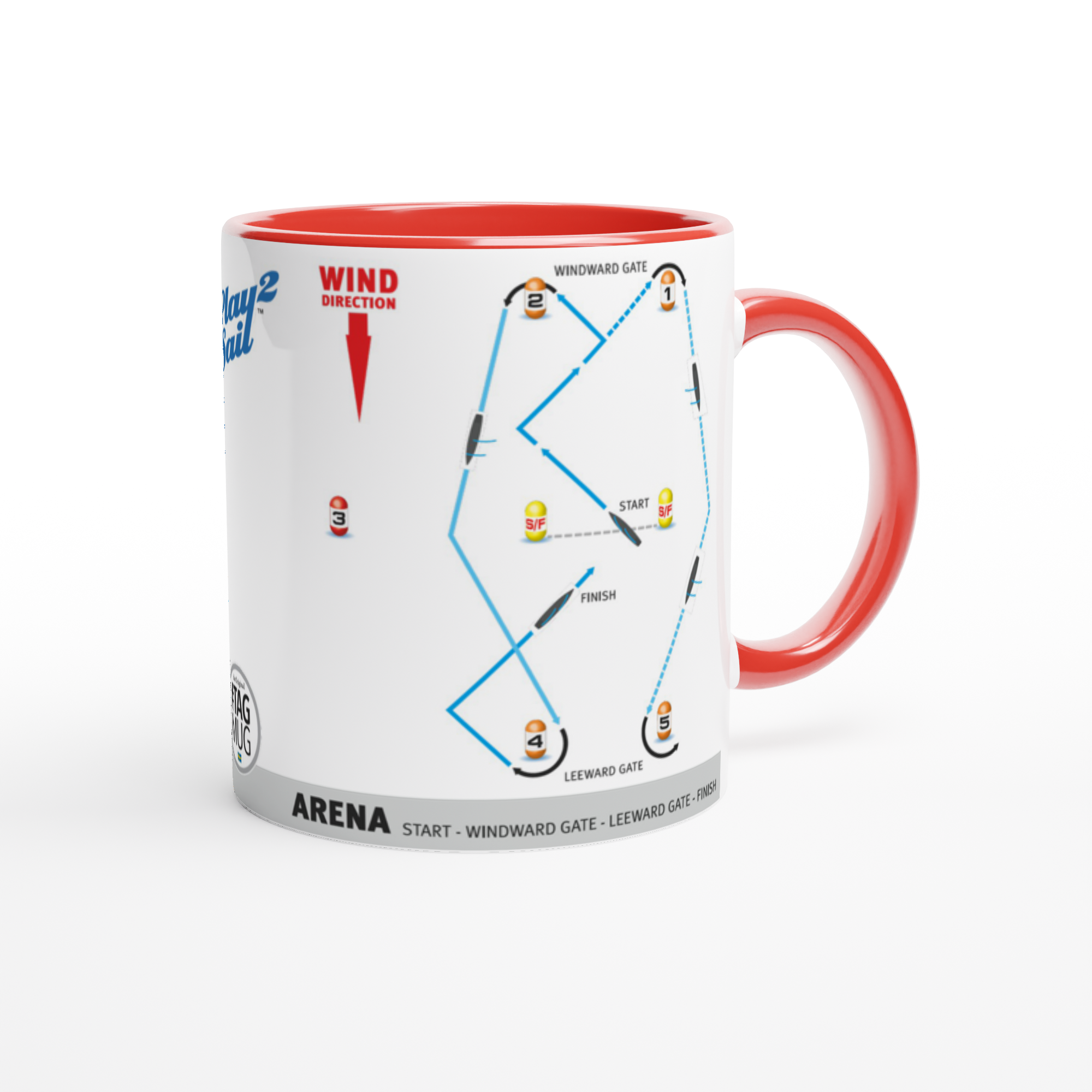
[ SAILING #TAGMUG ]

[ SAILING #TAGMUG ]
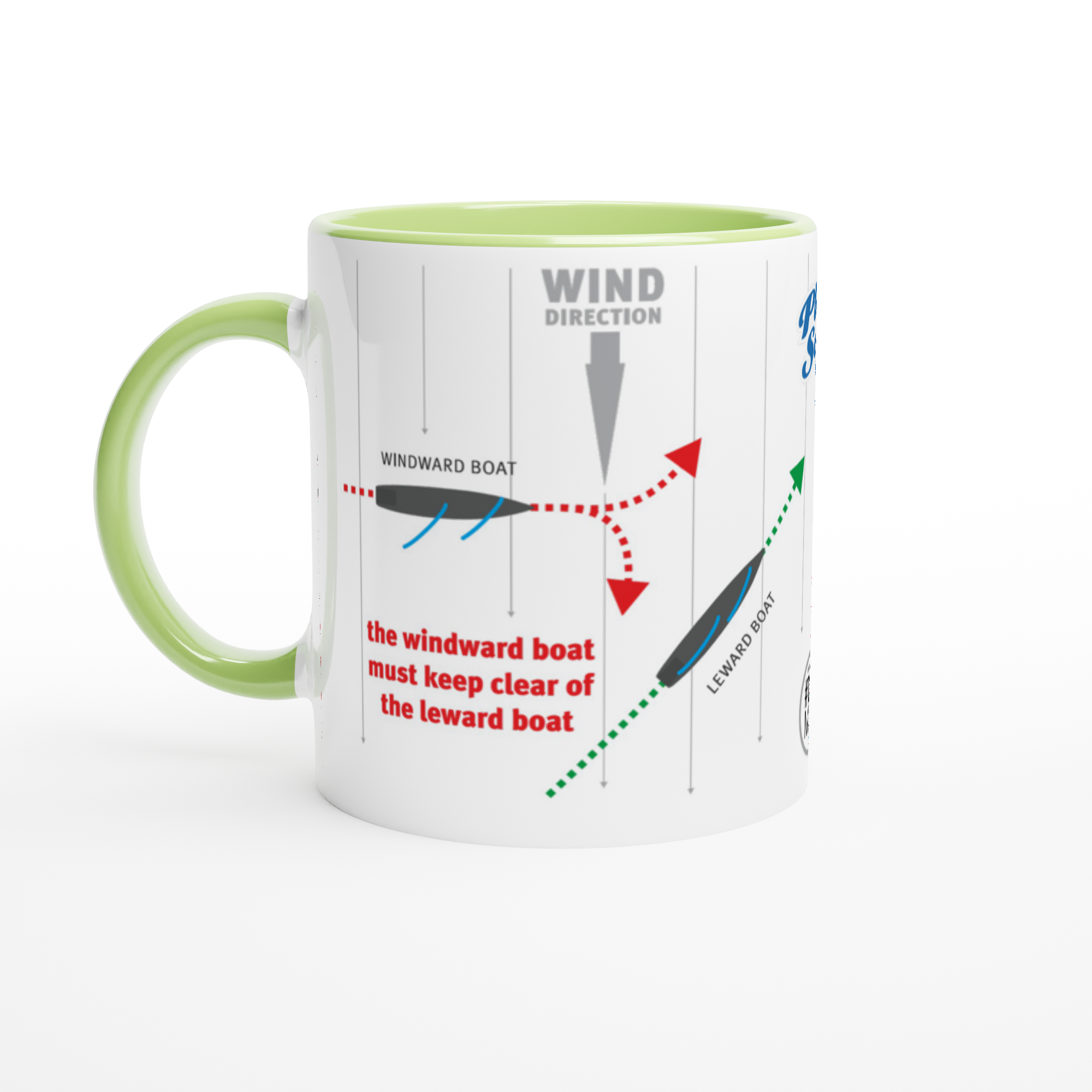
[ SAILING #TAGMUG ]
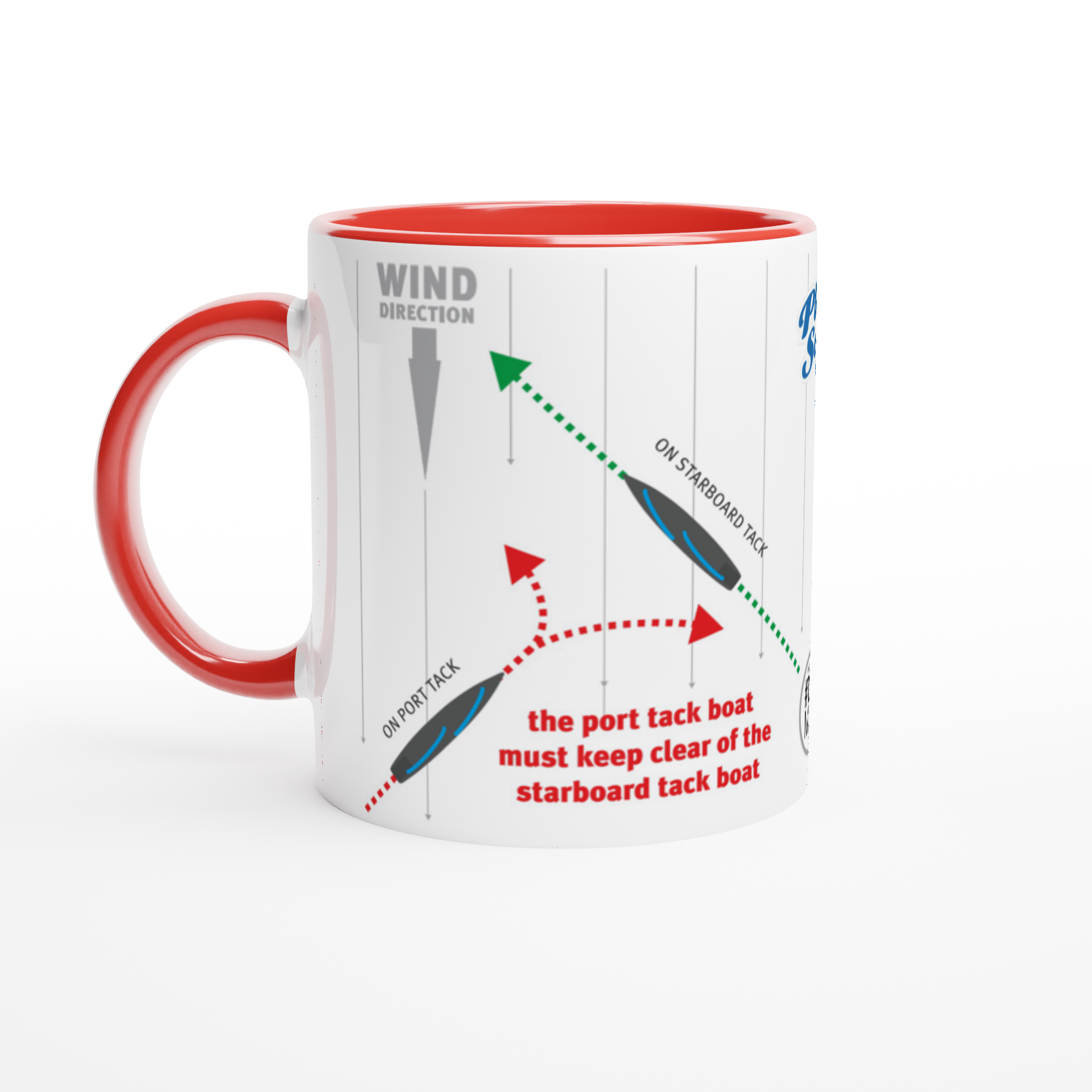
[ SAILING #TAGMUG ]

[ SAILING #TAGMUG ]
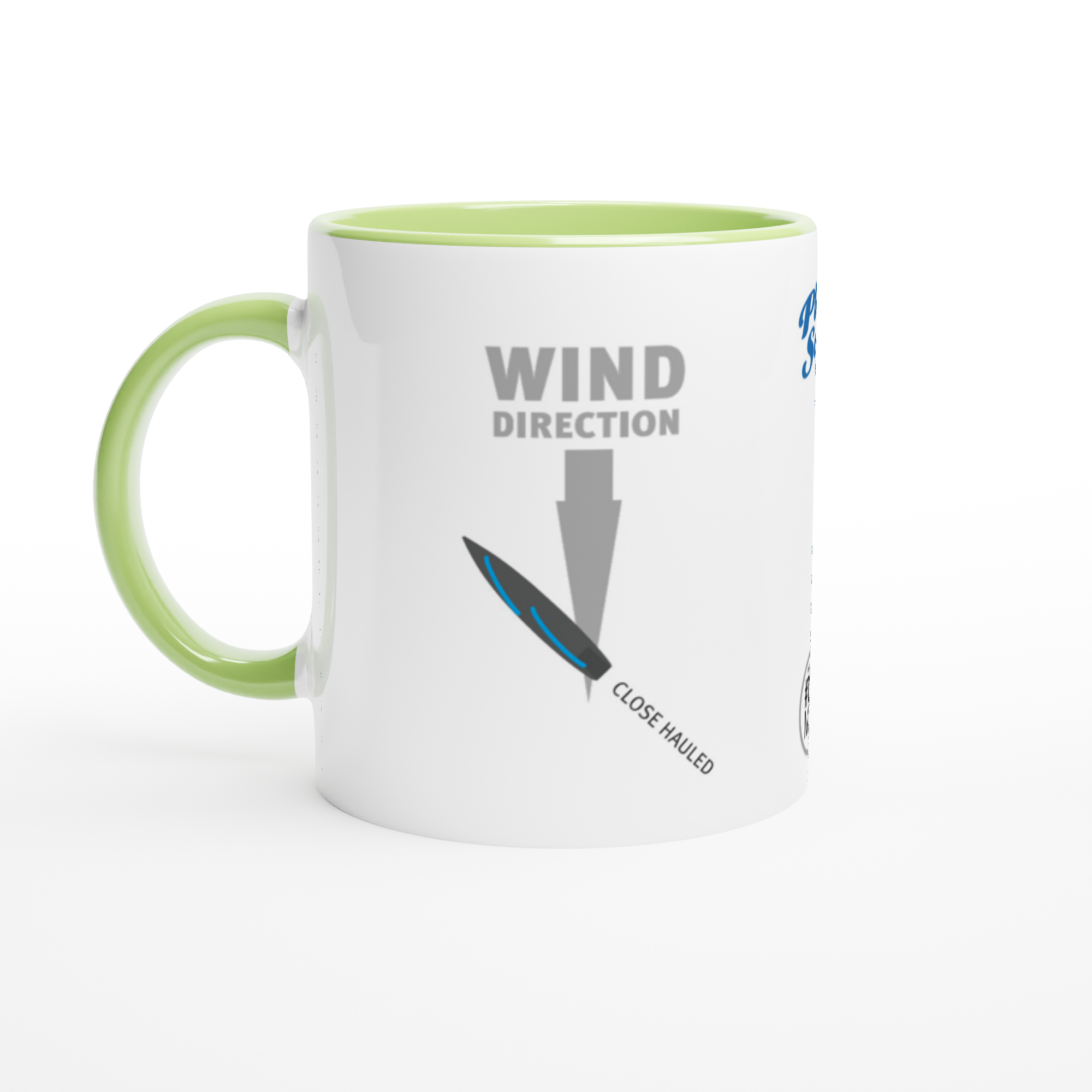
[ SAILING #TAGMUG ]
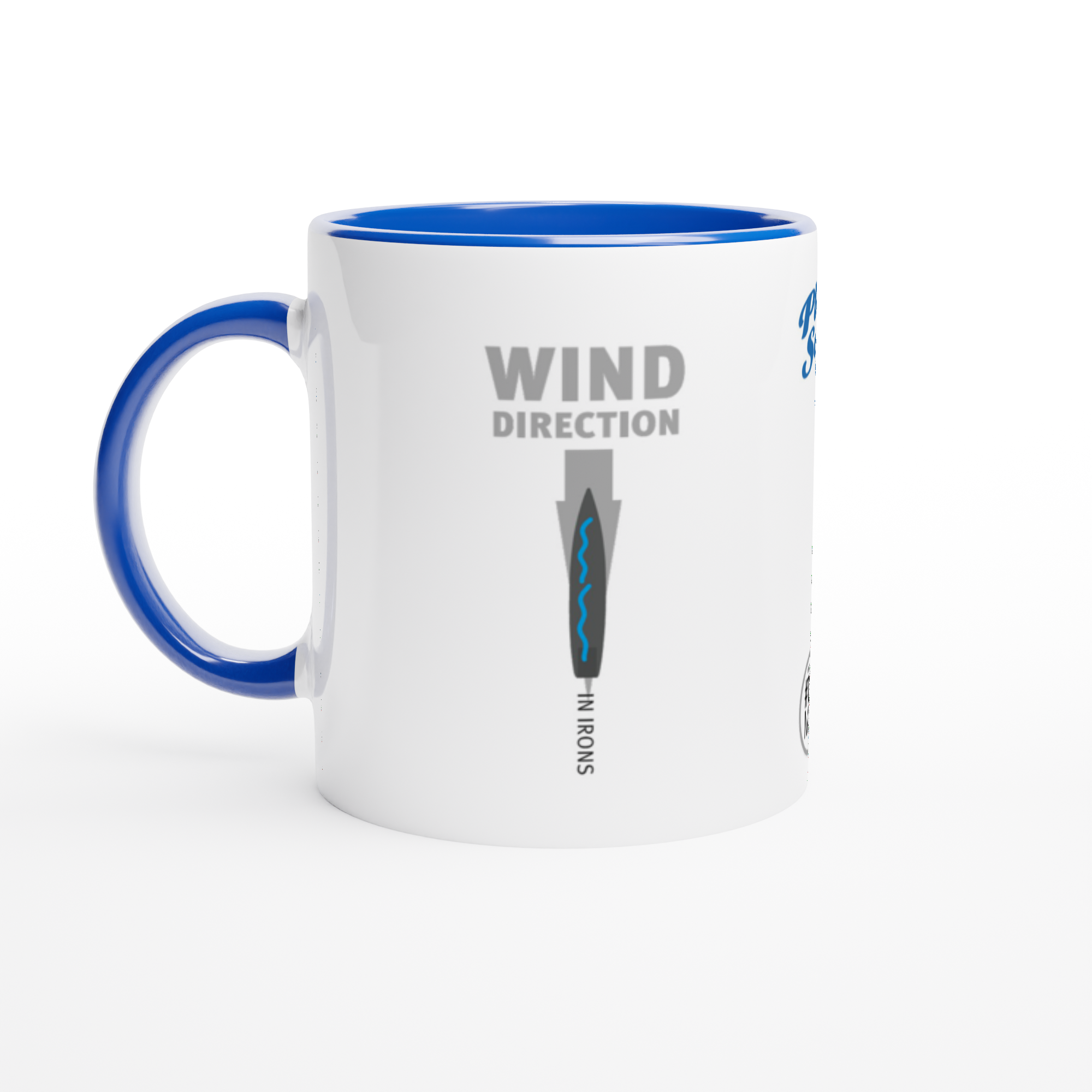
[ SAILING #TAGMUG ]
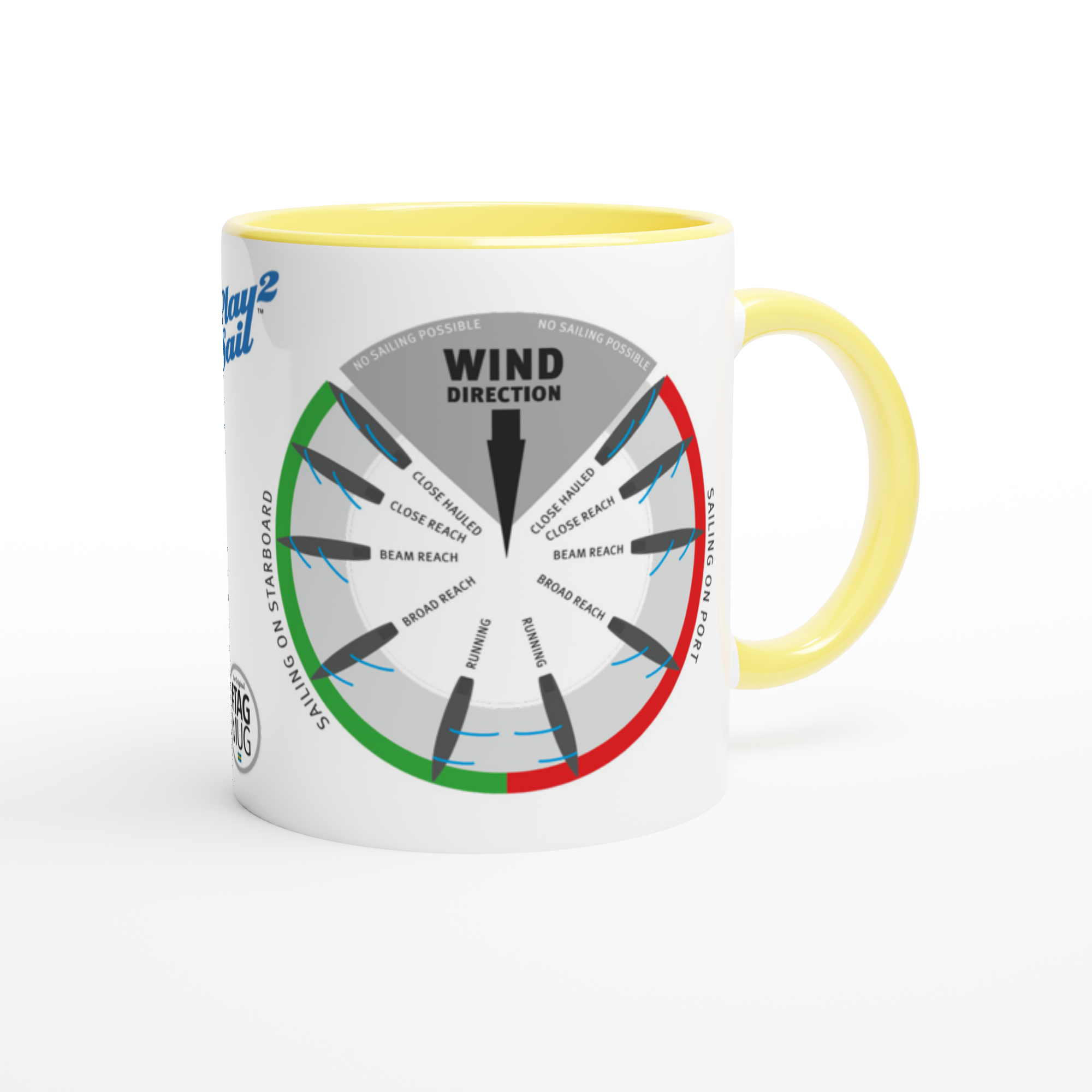
[ SAILING #TAGMUG ]
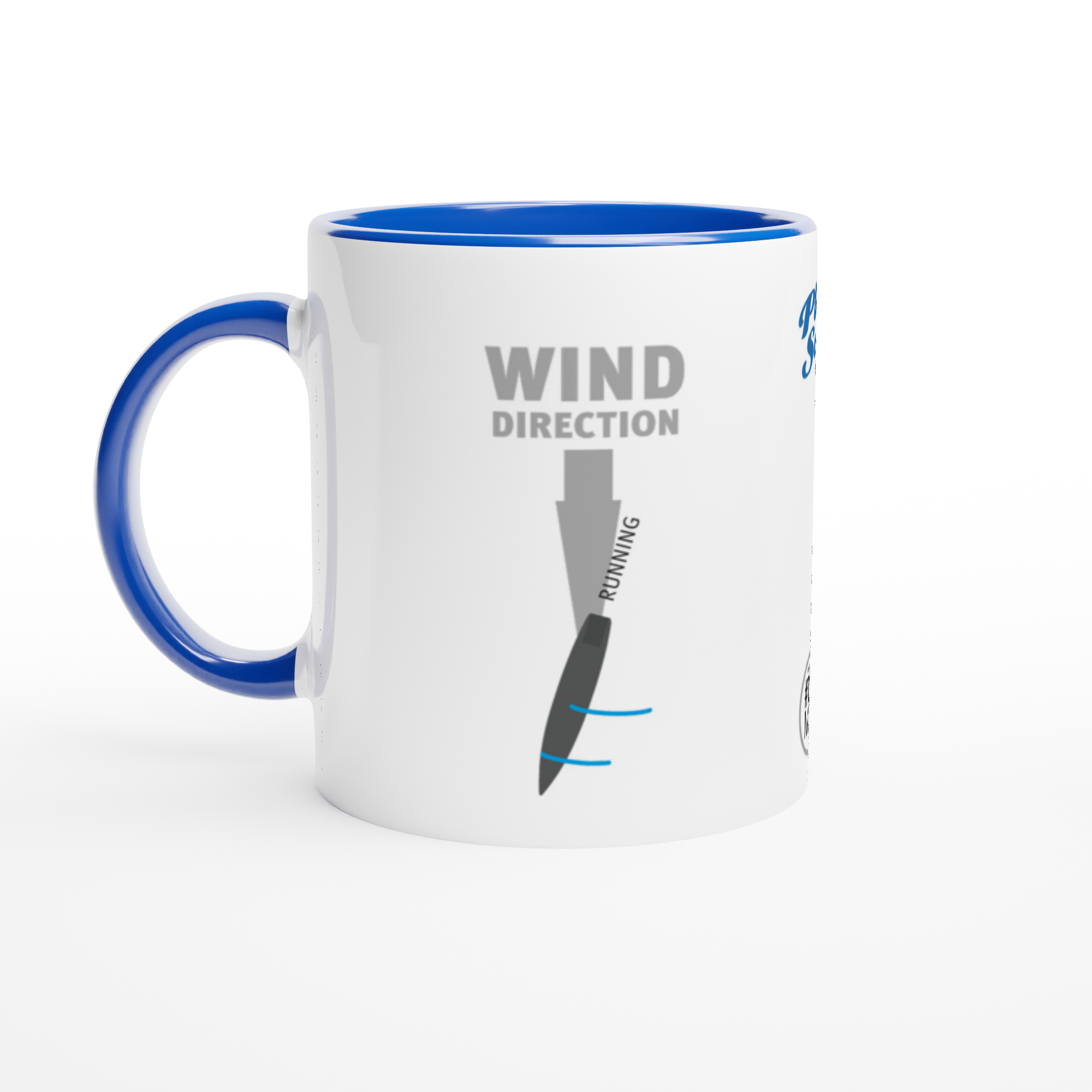
[ SAILING #TAGMUG ]
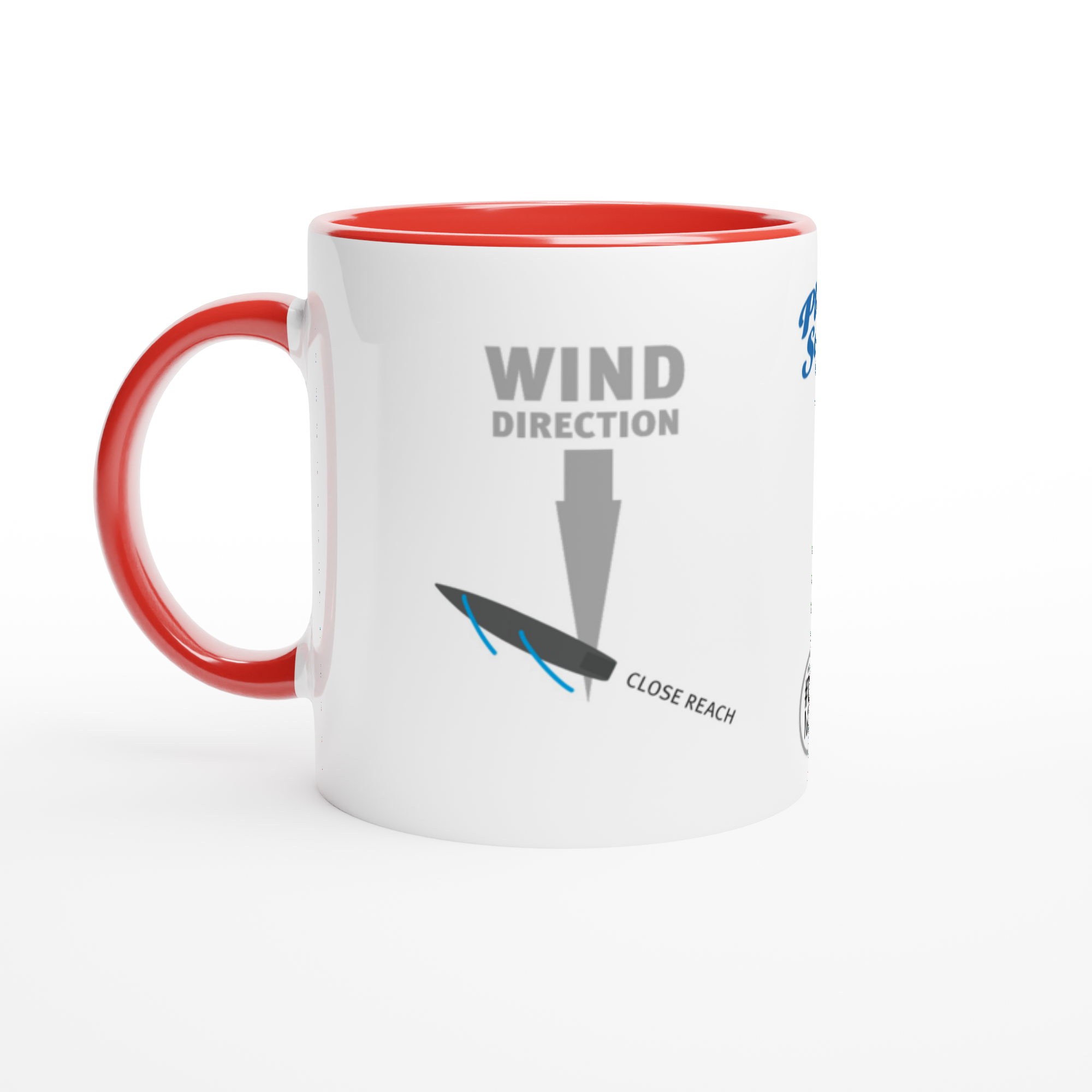
[ SAILING #TAGMUG ]
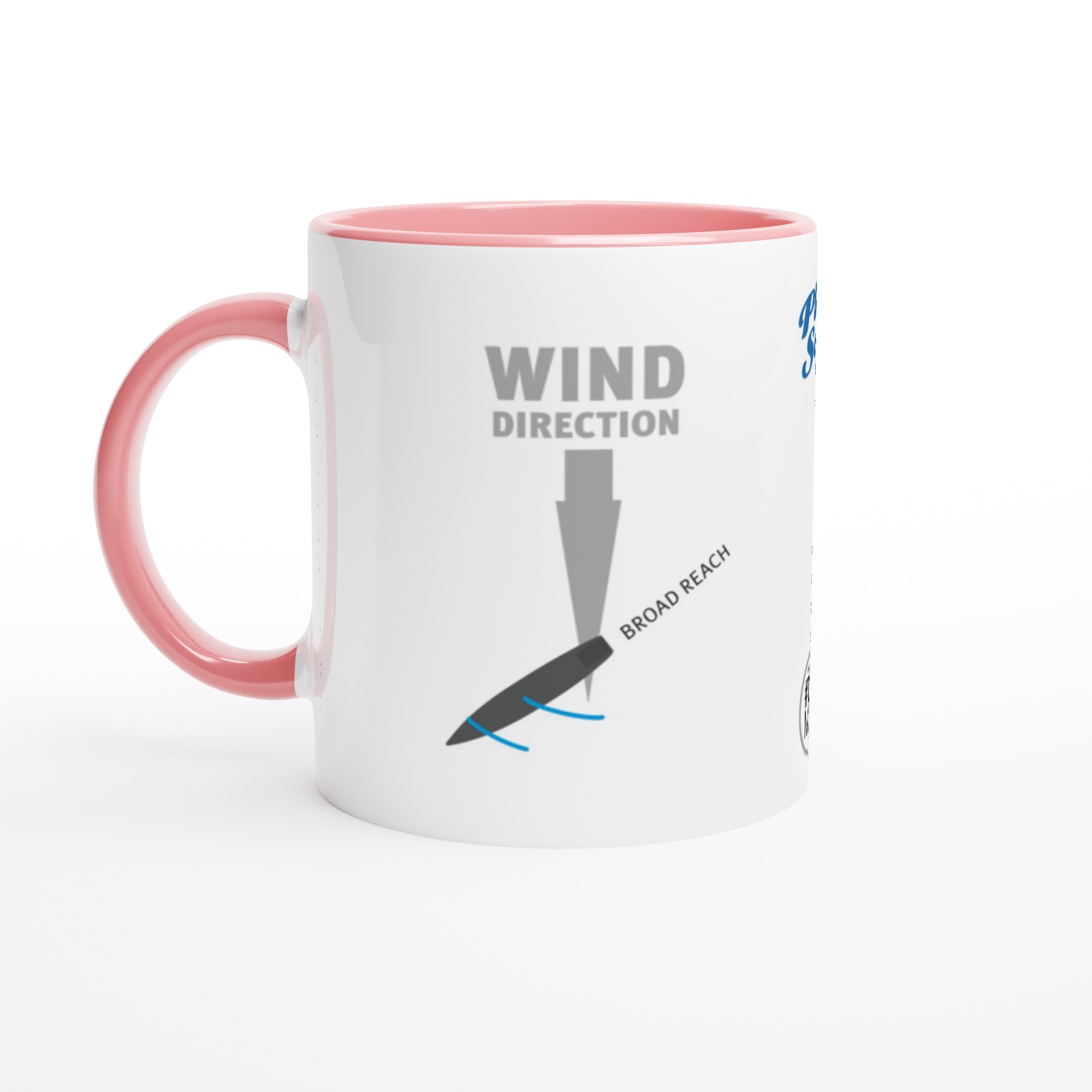
[ SAILING #TAGMUG ]

























![Easy and safe moorings for yachts cruising the Höga Kusten [GÄSTHAMN]](https://images.squarespace-cdn.com/content/v1/594e2defd482e9221abc3588/1628499043764-VRJ0P3KYVCIC328F841D/safe-berthing-for-boats-cruising-inthe-high-coast-sweden.jpg)




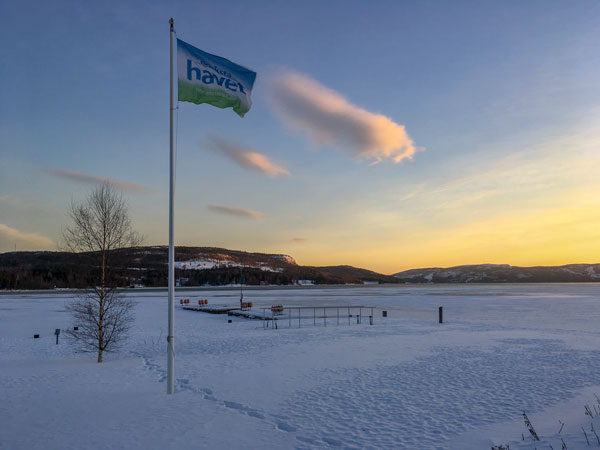

![Finnish Sailors (on a beautiful boat) cruising the High Coast [VIDEO]](https://images.squarespace-cdn.com/content/v1/594e2defd482e9221abc3588/1513260791068-AC8XQ6HXPNVYFL4REDE9/ottiliana-at-docksta-mooring-skuleberget-2.jpg)
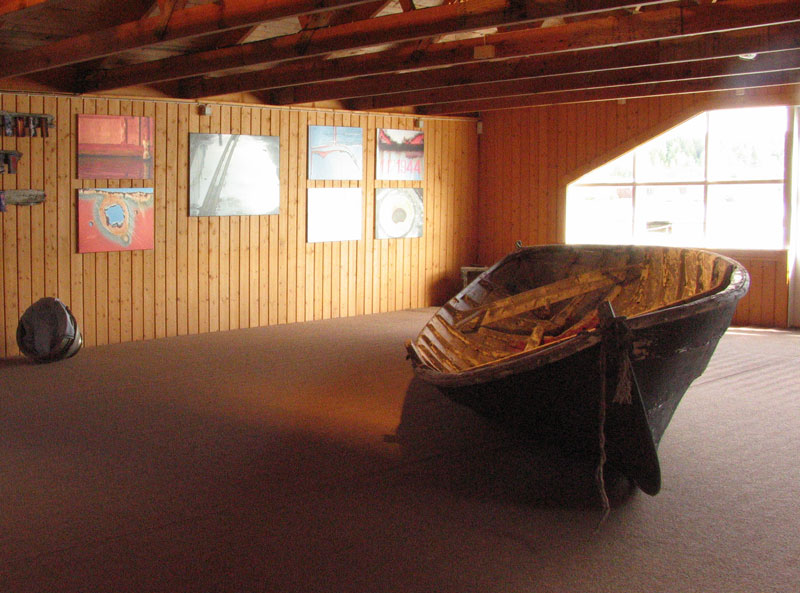


















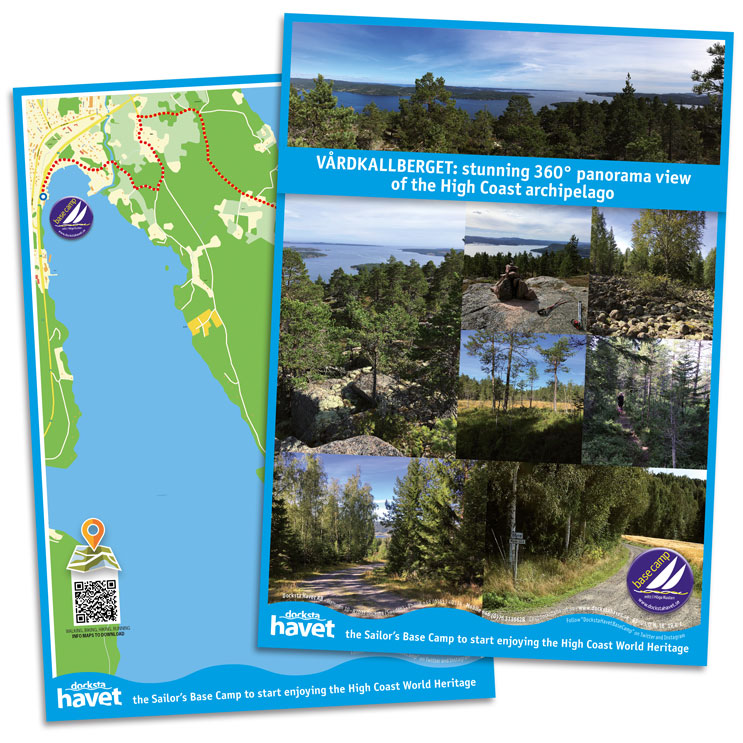





































![Share your #SAILING passion with our original ceramic mugs [#TAGMUG E-SHOP]](https://images.squarespace-cdn.com/content/v1/594e2defd482e9221abc3588/1614719683830-IFHY92H4R0WRAMOJV9IE/sailing-racing-courses-ceramic-mugs-collection.jpg)



![Share your #SAILING passion with our original ceramic mugs [#TAGMUG E-SHOP]](https://images.squarespace-cdn.com/content/v1/594e2defd482e9221abc3588/1614719716948-POZU2K2KJG309Z83I6ZS/sailing-code-of-signals-flags-mug-design.jpg)
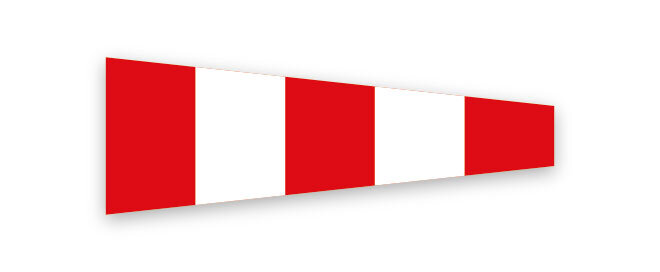





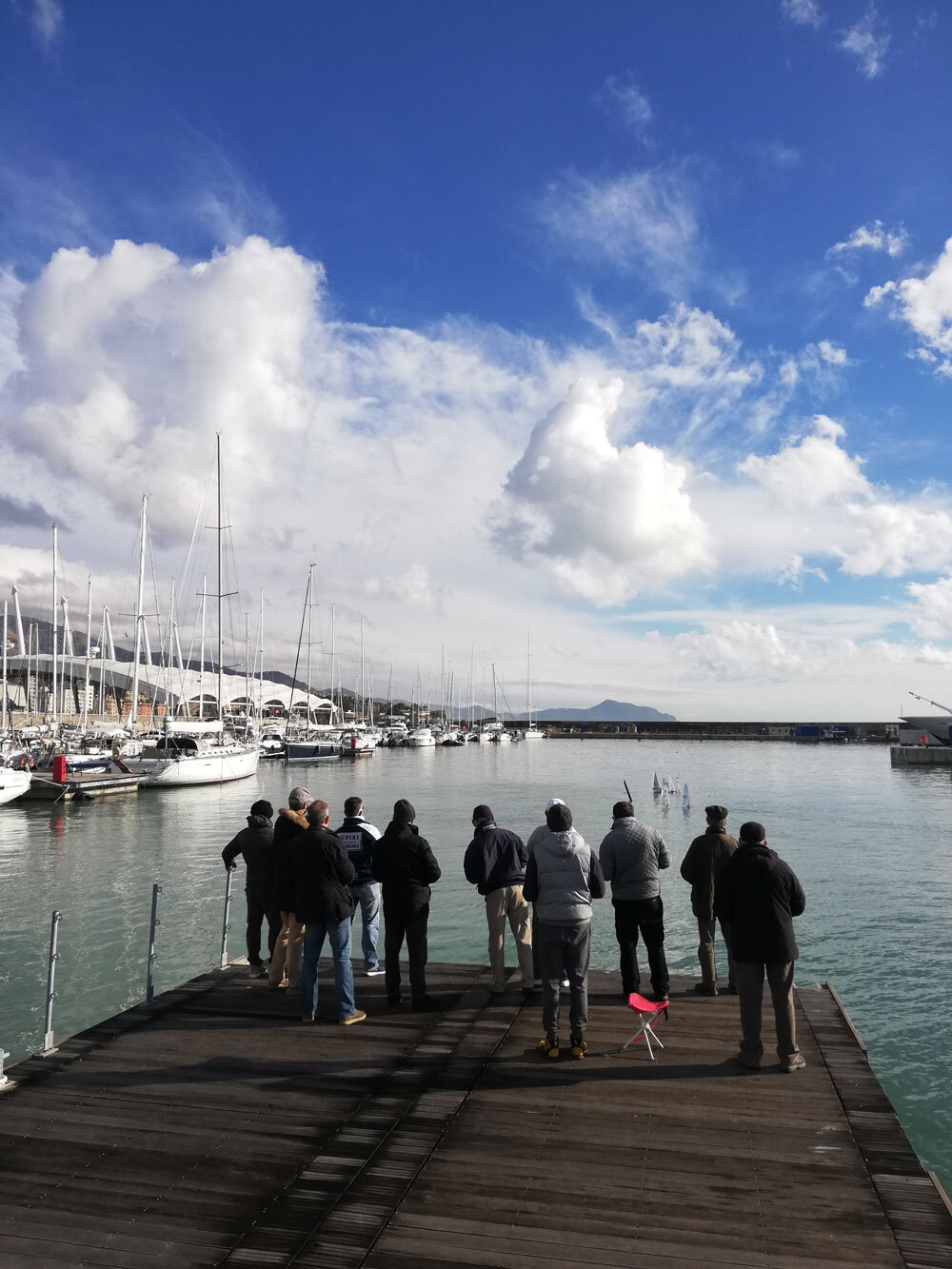
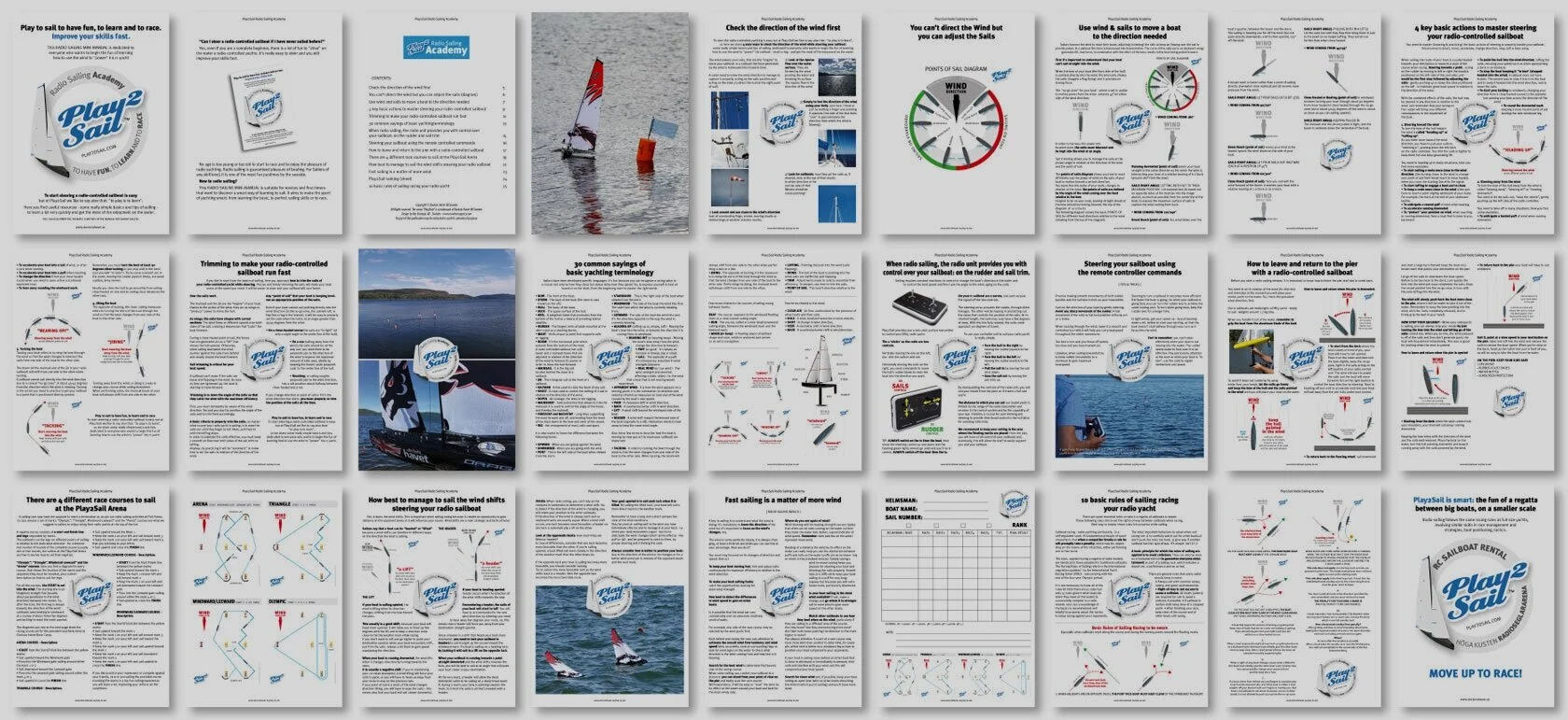

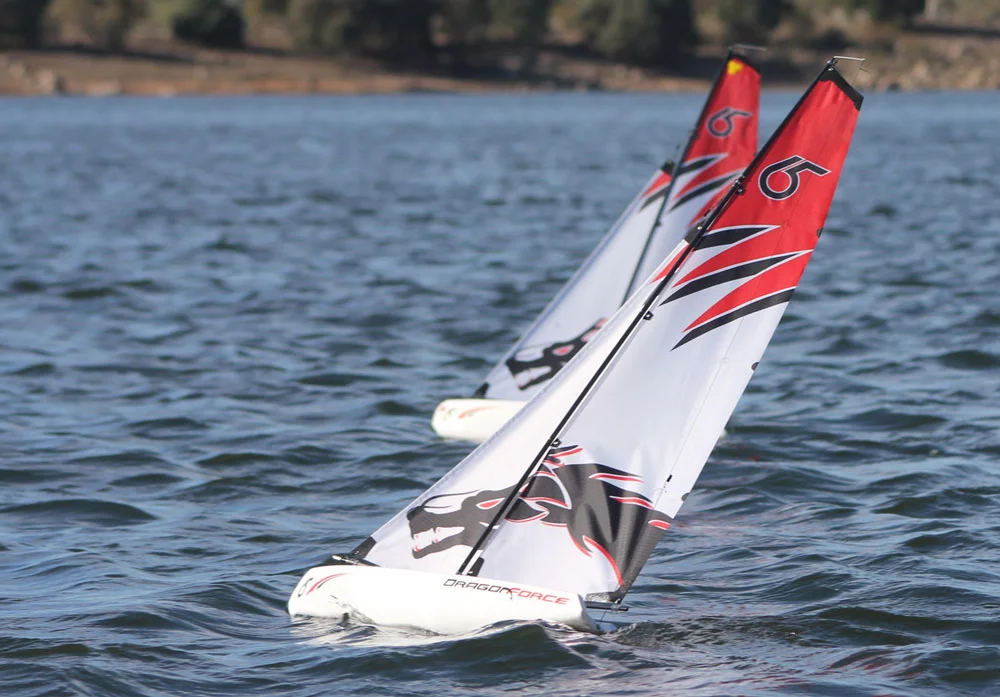
































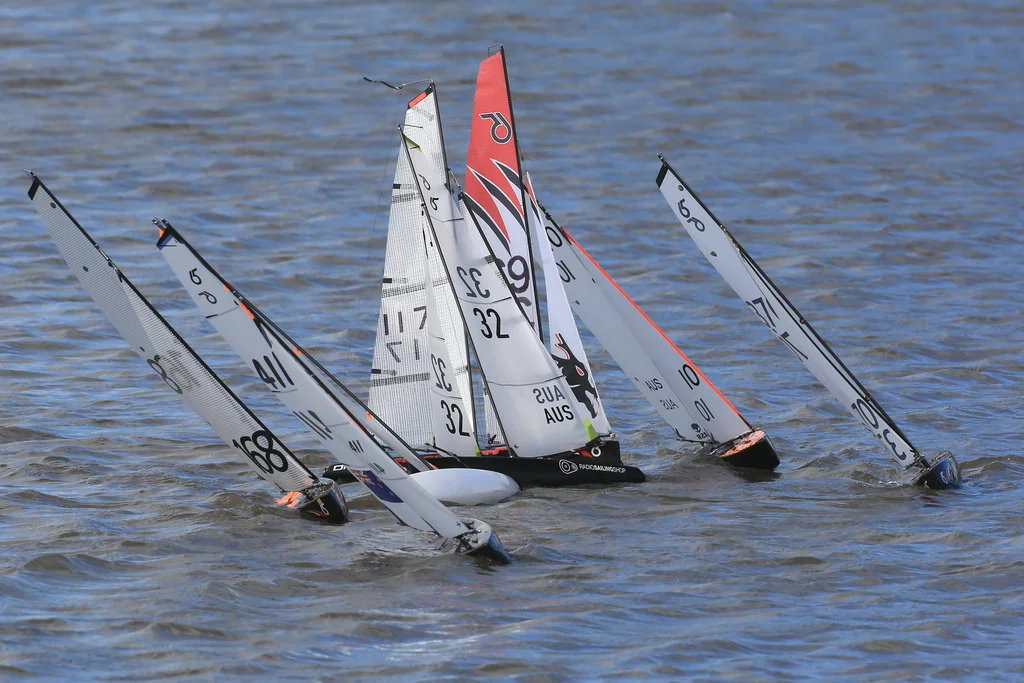

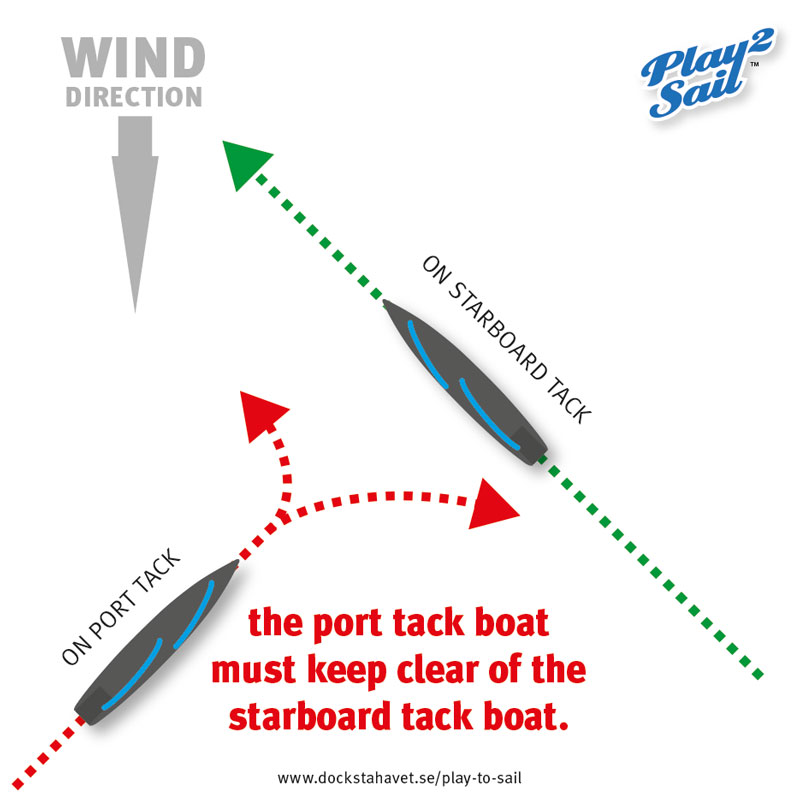


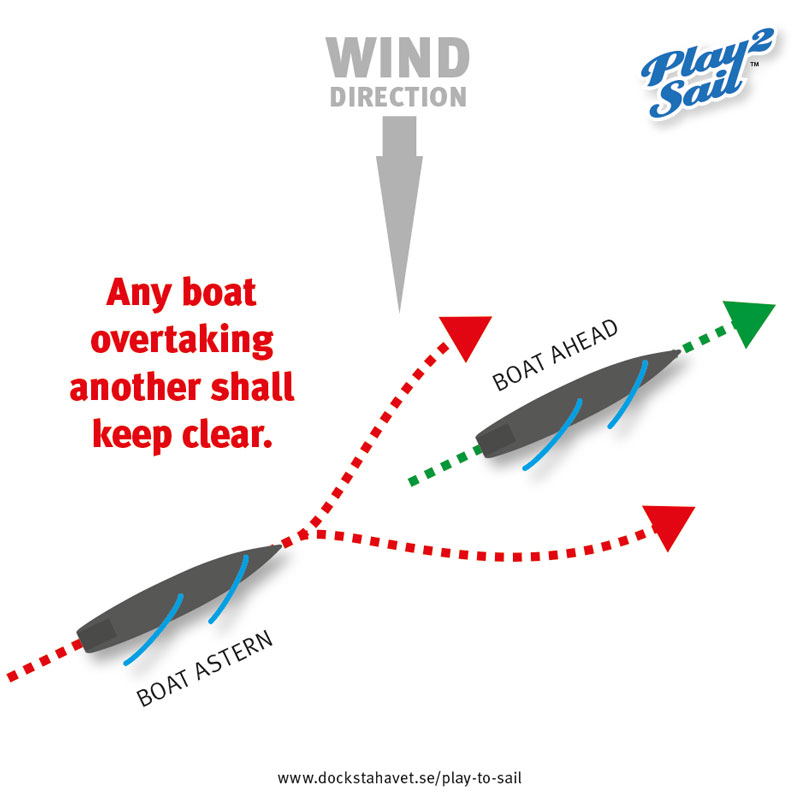

![Share your #SAILING passion with an original mug [#TAGMUG E-SHOP]](https://images.squarespace-cdn.com/content/v1/594e2defd482e9221abc3588/1614719437358-9OG6NYB56MMOT097CRVO/sailing-racing-rules-mugs-collection.jpg)




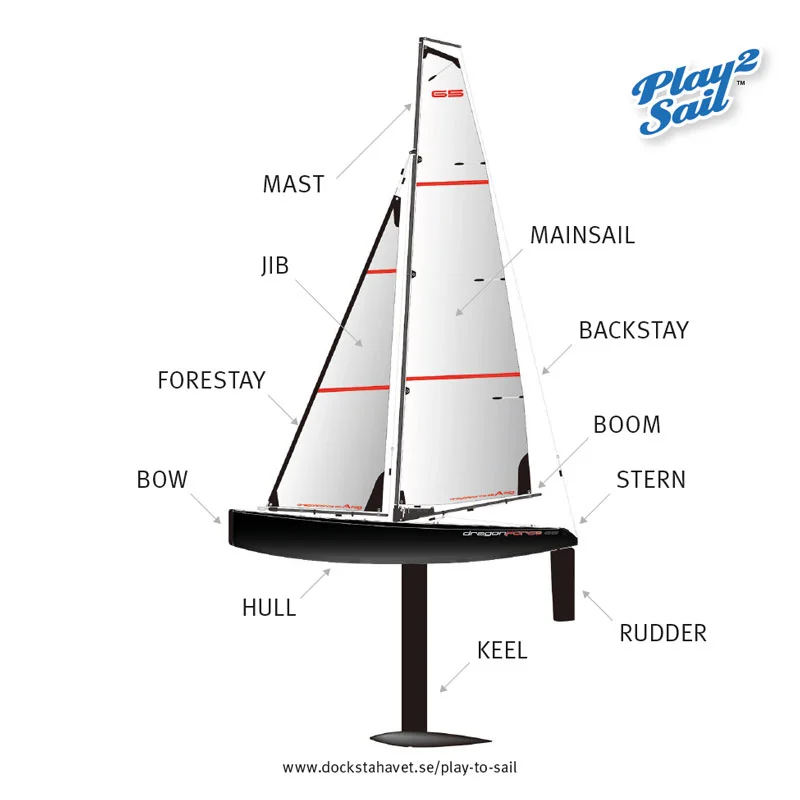




![Share your #SAILING passion with an original mug [#TAGMUG E-SHOP]](https://images.squarespace-cdn.com/content/v1/594e2defd482e9221abc3588/1614719263191-1UOIVRL0IB3MOGAAW1ZB/wind-shifts-sailing-mug.jpg)



![Share your #SAILING passion with an original mug [#TAGMUG E-SHOP]](https://images.squarespace-cdn.com/content/v1/594e2defd482e9221abc3588/1614719322626-UIEUQAHGY7L5EYU7VZOJ/rc-sailing-mugs-collection-points-of-sail.jpg)



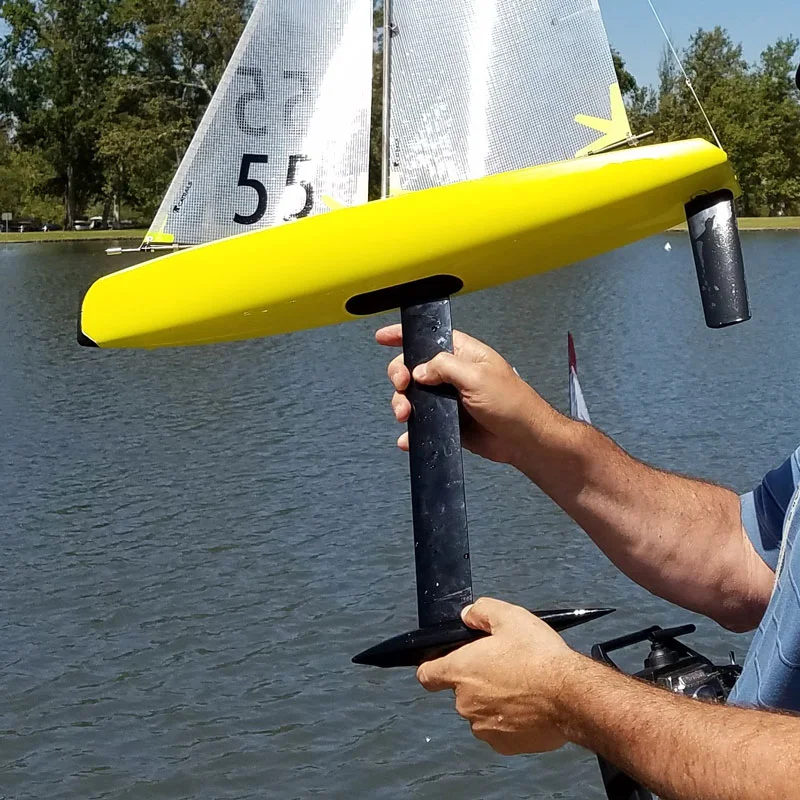
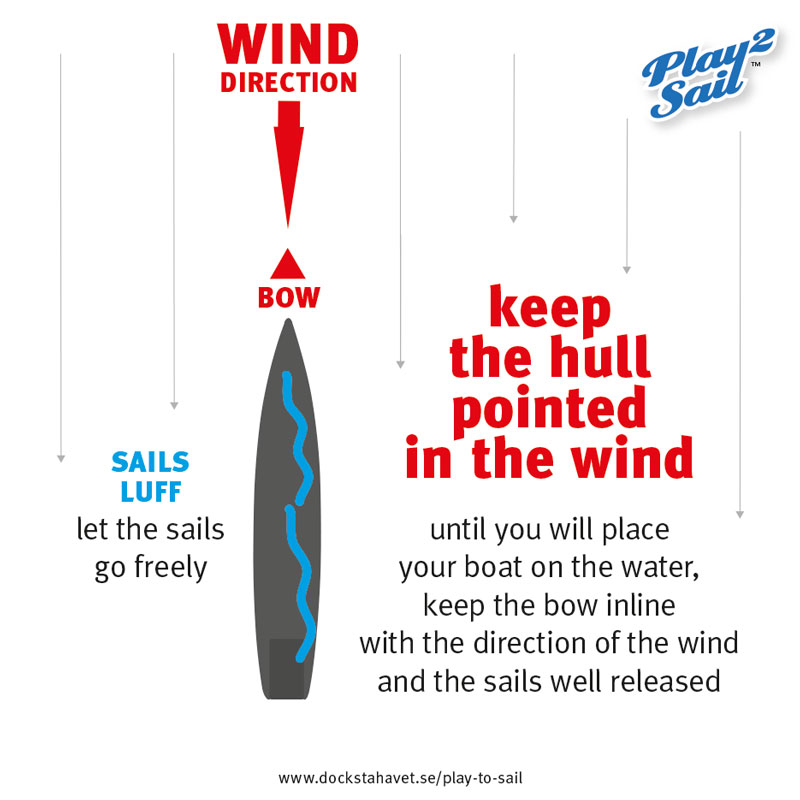
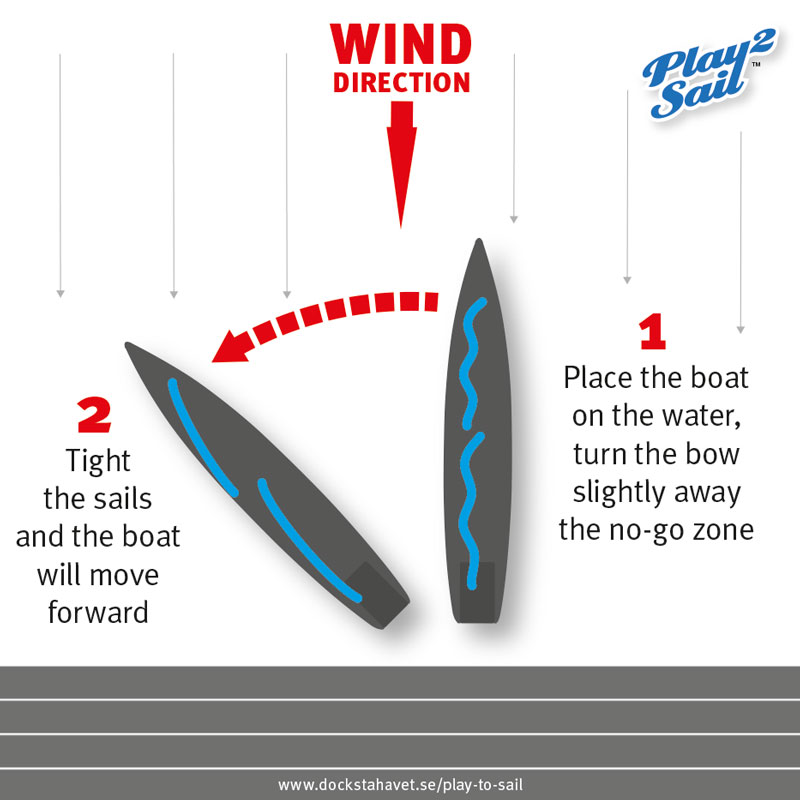



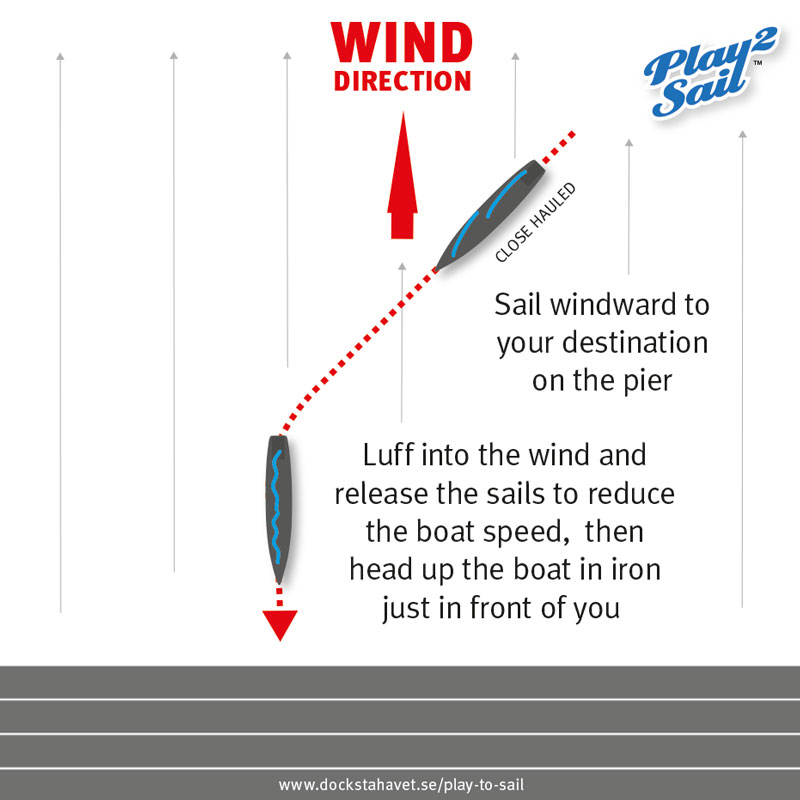

[ HIGH COAST SAILOR #TAGMUG ]